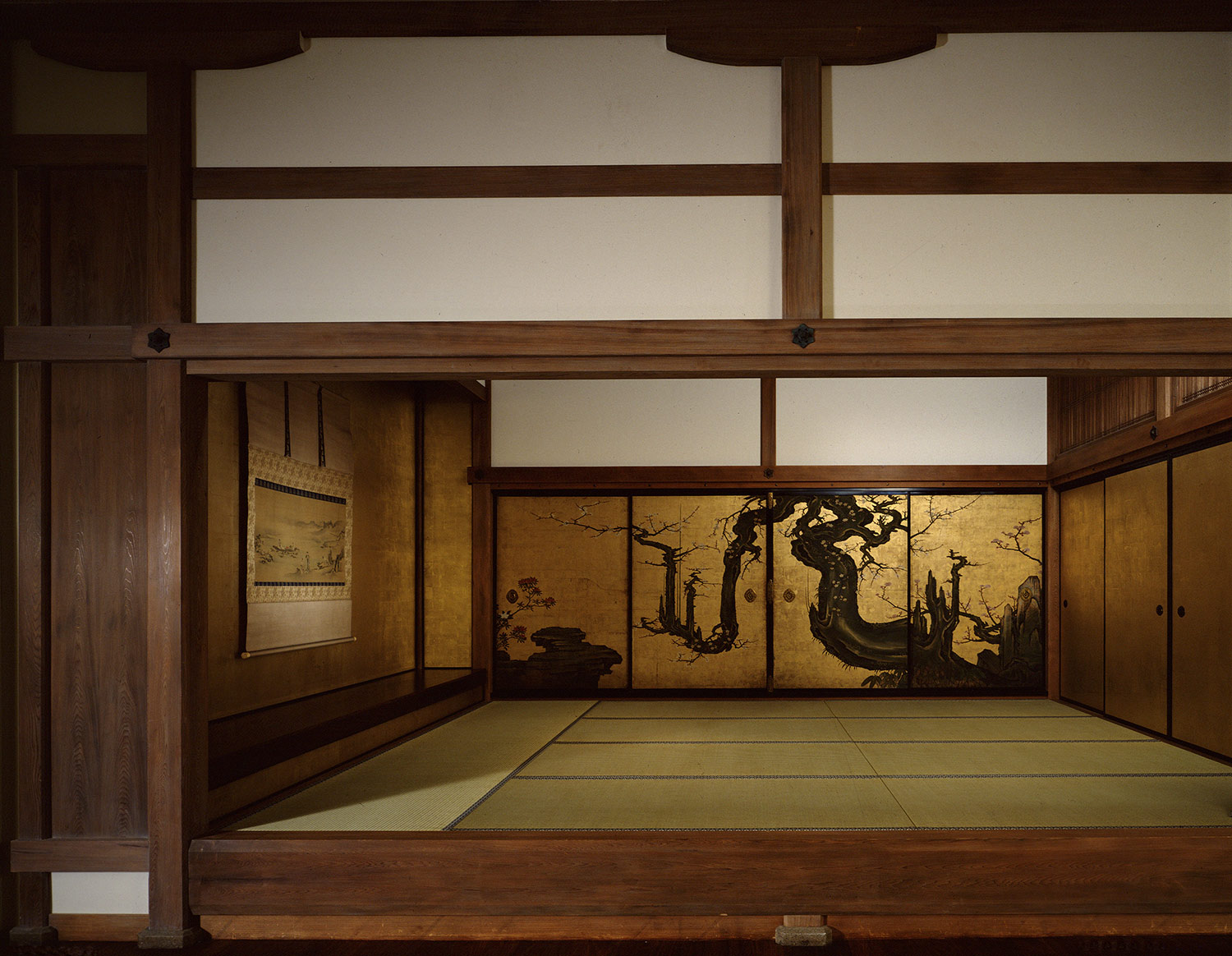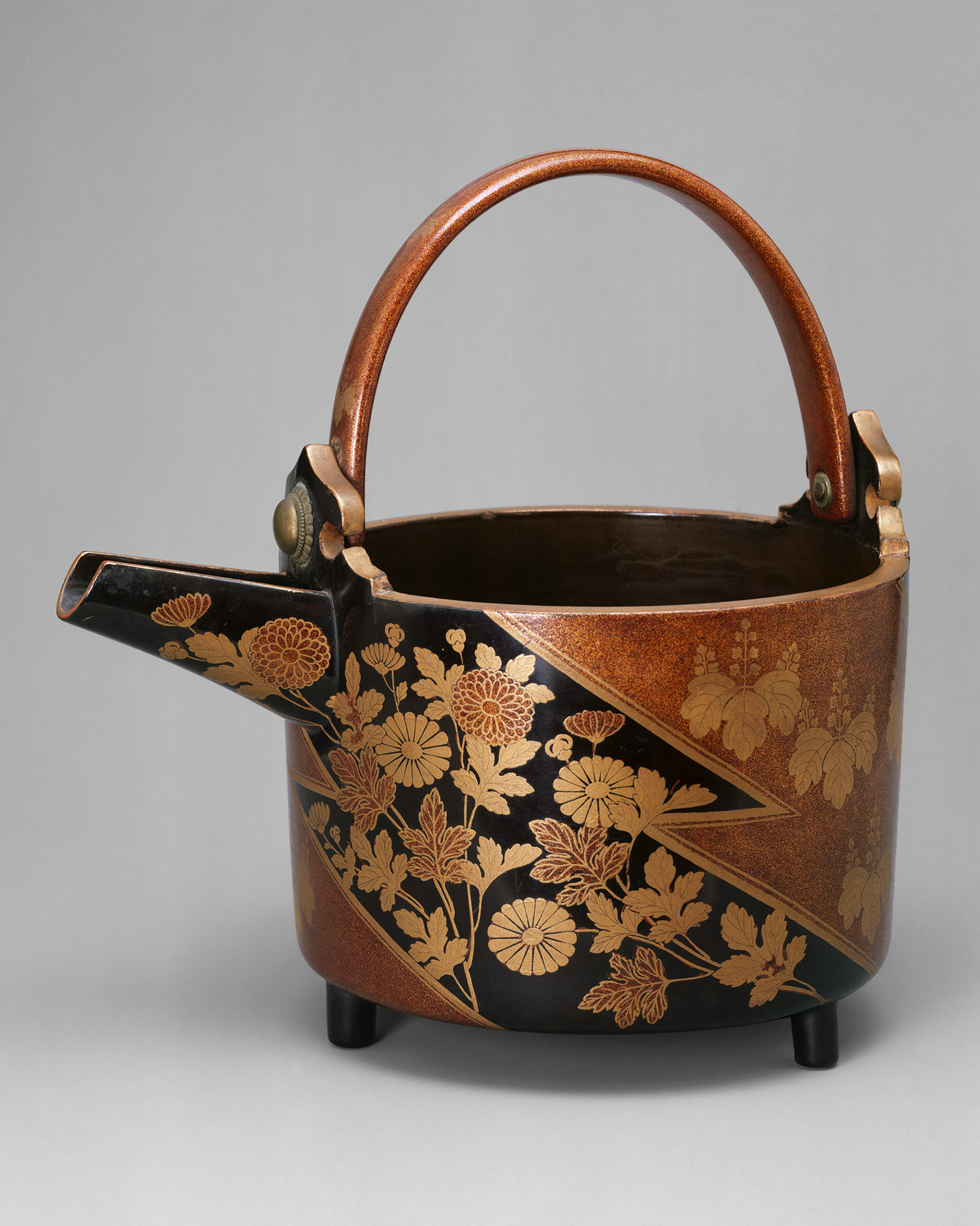
When Western Japanese professor Michiko Yusa came to Bellingham in 1983, she felt like she stuck out. As a native from Japan, she said some people treated her differently. She said she could not even find the kinds of food she liked to eat. Soy sauce was hard to obtain, yet alone tofu.
Over time, Yusa witnessed Bellingham become a more progressive city. She said people today would never consider treating her as they did a couple decades ago. Three years ago, Japanese language became a major at Western, and sushi is now commonplace.
During April 27 to May 1, the Western community celebrated Japan Week, a tradition Yusa started 13 years ago. She said the original intent of the week was to increase awareness of the Japanese program and to help turn the program into a major.
Yusa said Americans’ understanding of Japan has come a long way in the past few decades.
“Our awareness has completely evolved,” Yusa said. “Overall, it is a totally different world.”
Activities throughout Japan Week included discussions, lectures and film showings. The most attended event was Japan Night, hosted by the Asia University America Program.
Western currently has 32 Japanese students enrolled from Asia University in Tokyo, Japan. The students just reached the midpoint of their 5-month stay and are business, law or economics majors who are learning English.
Past Japan Week topics have ranged from popular culture to war and peace to nature. Last year’s theme was “Return to the Origin,” because it was the 12th annual Japan Week, and traditional East Asian calendars are organized in a 12-year cycle. In 2008, Japan Week looked back at the roots of Western’s Japanese language program and examined how it has grown.
This year’s theme, selected by Yusa, was “Women in Japan.”
The theme was highlighted throughout the week by Western art history professor Julia Sapin’s lecture about women’s portrayal in Japanese advertising and by a Global Gatherings discussion regarding gender roles in Japan and the U.S.
Yusa said the role of women in Japan is a complex issue that needs to be examined from a both historical and present-day perspective.
Yusa said the way women are currently viewed in Japanese society is a result of how women were treated about 300 to 350 years ago during the samurai period. She said it was then that women first became the objects of men and had less power. Until the Middle Ages, women had more power and prestige and could be financially independent, she said.
While it is still harder for women than men to secure a career in Japan, today’s women might have more opportunities than they have had in the recent past, Yusa said.
At the Global Gatherings discussion, Asia University America Program student Sho Shimamura said he could see himself getting married and taking on some of the duties involved in raising a family and keeping up a household, as long as he could also work. The discussion group said if Shimamura is representative of the younger generation of Japanese men, Japan’s standards might be changing.
Dan Lindeman, a fiscal specialist for International Programs and Exchanges, said there is a belief in Japan that companies do not want to hire and train women because they think women will quit as soon as they get married and start a family. Lindeman said this is a belief that creates its own reality because if people believe it is true, women will be more likely to not try to get a job and have a family instead.
Edward Vajda, associate director of the Center for International Studies, helped coordinate Japan Week. He said people were able to look at Japanese culture from many perspectives. The week involved both the Western community and the Japanese international students on campus and incorporated both visual arts and linguistics.
Vajda said it is advantageous to fit many Japanese-related events into one week, otherwise the events might go unnoticed. He said any student could benefit from learning about Japan because of its special connection to Washington through the Pacific Rim and because of the high Japanese population in Washington.
During Japan Night, the Asia University students gave interactive demonstrations of different Japanese traditions, such as tea ceremonies, calligraphy, haikus and fashion.
Ellie McDermott, student services assistant for Asia University America Program, said she personally has had a great experience learning about Japanese culture. She said it was rewarding to see students sharing their own culture with friends from Western and the Bellingham community who came to participate. She said Japan Night was set up differently from other events throughout the week because it was an interactive festival.
“It is a chance to see different aspects of Japanese culture on a more one-to-one level,” McDermott said.
Ai Maekawa, an Asia University student, taught origami at Japan Night. She said origami is fun, and she has done it since she was a child.
Shimamura helped cook the food. Dishes served on Japan Night included okonomiyaki, a pan-fried food mainly made of batter and cabbage; yakisoba, a fried noodle dish; and curry rice. Shimamura demonstrated Kendo, a Japanese sport that means “way of the sword.”
Kendo is a sword-fighting martial art that involves spiritual and mental development, as well as physical improvement. It has its roots in traditional samurai swordsmanship.
Other popular martial arts sports in Japan include aikido, judo, sumo and karate. Shimamura said kendo is the most polite Japanese sport.
McDermott said having international students at Western provides a good opportunity for Western students to grow in their world views through the interactions they have with international students.
Maekawa said she has made some Western friends, but she would like to have more.
“Without leaving Bellingham, you can learn so much about a different culture and how to communicate with people from different cultures,” McDermott said.
Western senior Katy Cumby spent last year studying abroad at Nagoya University of Foreign Studies in Japan.
One thing that stood out to her was how old things were in Japan compared to Washington, Cumby said. As a native of Puyallup, Cumby said she was not used to seeing buildings that were built more than 100 years ago. She said some of the trees at temples she visited were 400 years old.
“There is all this old history, and I thought that was just really [impacting] because I had never thought about it before,” she said.
Cumby’s visit taught her as much about American customs as it did Japanese customs. She said she found out during her stay that some things were not as universal as she once thought they were. Cumby said she was surprised at how painfully slow people walk in Japan.
She said she thought walking with a purpose was a universal concept, but people in Japan tended to walk at a slower pace.
Cumby said a difference she appreciated in Japan was people’s awareness of the feelings of others around them.
She said people’s high awareness of social cues prevented others from having to come out and directly say what they need.
For instance, Cumby said if someone looked uncomfortable in a conversation, a Japanese person would know to change the subject. If someone seemed confused, a Japanese person would likely explain things further without being asked.
Also, people at her school in Japan were much more group-focused than Americans, Cumby said. Most students were involved in clubs, she said.
Despite this emphasis on groups, college students often lived at home with their parents or alone in studio apartments, she said.
Cumby said studying abroad taught her the value of interacting with people from different cultures.
Vajda said Japan Week helps increase the interaction between exchange students and Western students, which is a goal of the International Studies Center.
“One of our goals is to internationalize the campus by both bringing students here and by increasing the interaction,” Vajda said.
http://westernfrontonline.net/2009050510984/news/western-celebrates-japan-week/





















